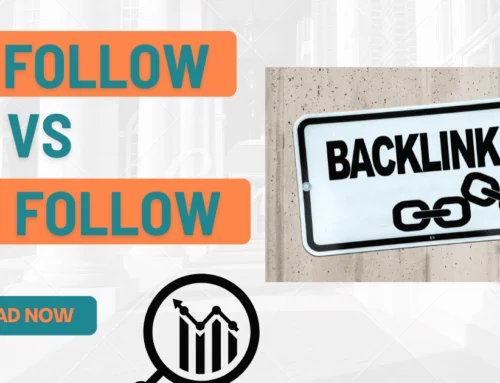Thus far, we’ve focused on link-building best practices – techniques recommended by today’s top SEO professionals. While these methods will bear fruit, to get your backlink profile up, they also require considerable resources to implement, and you’re not going to see results overnight.
However, if you’ve been combing the internet for link-building strategies, you’ve undoubtedly seen some things that we haven’t covered here on the blog. That may be because they’re techniques that are frowned upon by the SEO community and considered black hats by Google.
Black hat techniques may be effective in the short term, but if Google detects them – and it’s very good at doing this – it will punish your site accordingly. This can result in anything from your site losing ranking to being delisted altogether, which is a tragic circumstance from which it takes years to recover. So, it should be clear that black hat methods, though tempting, are simply not worth the possible consequences.
Here are seven such no-nos so that if you come across them elsewhere, you’ll know that they’re too good to be true and aren’t something you should pursue if you want to grow your backlink profile and you want your site to remain in Google’s good graces.
Use a Private Blog Network (PBN)
A private blog network consists of a bunch of websites whose sole purpose for existing is to link to a central website in order to boost its domain authority and hence its search engine ranking. Often times, these referring websites are tied to domains that have high authority themselves but have expired. The point is to use their existing domain authority to pump up the authority of the target domain.
If this seems like a sound strategy, it is. The huge caveat, of course, is that essentially hijacking domains like this is against Google’s guidelines. While your search engine ranking might soar in the short term, sooner or later, Google is going to realize that those domains are expired and no longer carry the same content that gave them their high authority in the first place. When this happens, their authority will reset to 0, and the target site of the PBN, presumably yours, will plummet in ranking accordingly. It may even be delisted. So, you would be wise to save yourself the trouble down the road and resist the temptation to go the PBN route.
Cloaking
Cloaking is when the user and a search engine each see two different versions of a site. The search engine sees a site rich in certain keywords, while the user sees the content on the actual website. In this way, a site can increase its ranking for specific keywords. However, since the user and the search engine are seeing two different versions of the same site, this is against Google’s Webmaster Guidelines. Similar to PBNs and most black hat techniques, you may see an initial bounce in your ranking, but the party will be over when your practices are eventually detected.
Content Recycling
Given the time-consuming nature of guest posting, it can be tempting to write similar versions of the same article and get them posted by various blogs around the web. If you succeed, you’ll be getting a deluge of organic traffic from presumably reputable blogs, and your ranking will increase accordingly. However, changing a sentence here and there is not enough to get past Google’s duplicate content detection.
More than likely, the fact that these are all essentially the same article will come to light, and you will suffer the consequences. This not only refers to losing your Google ranking; you’ll also be blacklisted by the blogs where you posted the article and many others besides. Yes, it’ll take longer, but you’re much better off creating different articles for each blog.
Confining Links to Your Homepage
Because many websites don’t want to directly endorse your product or service, they’re more likely to link to your homepage rather than a specific product page. That’s understandable, but you don’t want all your backlinks to go to that one page because it looks spammy to search engines.
Rather, try to get backlinks to different sections of your website depending on the source of the backlink. Ideally, you’ll want links to each product, but even a link to the main Products page will be helpful. Not only will it spread your backlinks among different pages; your prospect who lands on that page will be one step closer to completing the sale.
Linking from Irrelevant Websites
Maybe you have friends who offer to link to your website from theirs. The only problem is: they sell real estate while you sell IT services. Google is not going to see the common ground between these two vastly different industries, and so that link isn’t going to do you much good. You won’t be punished for this as you would for cloaking or setting up a PBN; it’s just probably not worth your friend’s time – unless their potential buyers could perhaps use your IT services.
Bottom Line:
Thinking of building your backlink profile? This is not the 90s or even the early 2000s. Google is much better at detecting spammy backlinking practices. So, you might as well play ball and work with Google to improve your SERP rather than trying to work against Google and risking your site being wiped off of Google completely.
At GetBacklinks.net, we’re pros at staying on the right side of the line while increasing your backlink profile as quickly as possible. Whether you’re a blogger who just wants to get your name out there, or you’re a business owner who wants to grow your brand recognition like yesterday, we’ve got a package for you.
Choose your link building package today!
Use Coupon Code: VIPCUSTOMER
Want to know more through Getbacklinks.net. Getbacklinks.net offers a one-stop solution for your link-building needs. Getbacklinks.com offers its exclusive package that includes a 25% discount on all packages. Proven link-building strategies enable you to rank higher in search results to get more returning visitors and leads to your website fast!



